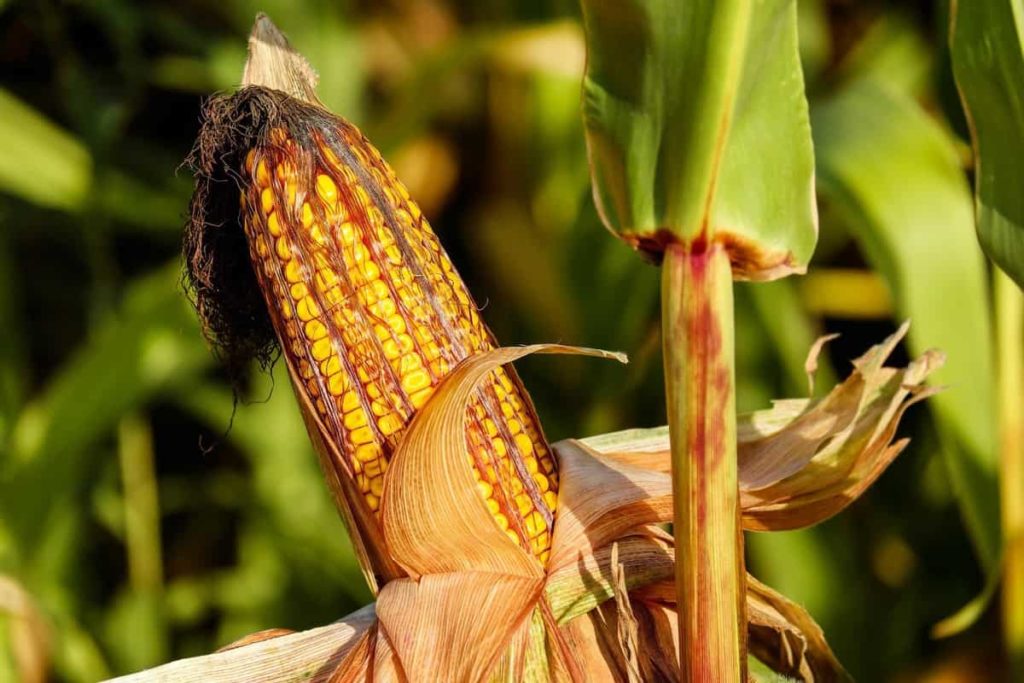[ad_1]
Breaking into Mexico City’s street food scene is no easy feat, so Jordi Berbera decided to open a pizza stand during the pandemic. But he quickly realized how cramped the operation would be, and he only managed to prepare individual pizzas — not the ambitious menu of pasta and salads he had planned. So, he decided to move the operation into his girlfriend’s father’s house nearby and convert his operation to a “dark kitchen,” also known as a “ghost kitchen” — a restaurant that focuses entirely on delivery.
Dark kitchens emerged with the growth of apps like Uber Eats and the Colombian app Rappi — food delivery platforms that changed how we interact with restaurants. But instead of using those services, Berbera and his girlfriend, Zaira Mejía, have turned to selling their food on Facebook groups, which have emerged as a low-cost alternative to conventional delivery services.
Even though they list their restaurant on Rappi, Berbera and Mejía estimate that they receive only one order through the app for every ten orders they get from the Facebook groups they’re on.
Much of Mexico City’s food scene is built around affordability. That means selling on platforms like Rappi and Uber Eats, which can charge commissions of around 30%, forcing food establishments to drive up their prices. In 2021, the restaurant management platform Waiterio found that profit margins for restaurants in Mexico were around 20%. That number shrank during Covid-19, when over 10,000 restaurants in Mexico City closed and delivery platforms were forced to temporarily lower their commissions.
Berbera and other Mexico City restaurateurs who spoke to Rest of World said that Facebook offers them a hack around the delivery apps, all without having to pay a single centavo. The private neighborhood Facebook group Berbera posts in has a half dozen daily listings for tacos, tortas, and seasonal foods like rosca de reyes, often accompanied by a WhatsApp number and the offer of free home delivery within a certain radius. They complete orders on their trusty moped, which they bought specifically to handle demand from Facebook.
“People use Facebook because it’s cheaper,” Mejía told Rest of World. “You can find everything,” Berbera added.
Berbera compared Rappi to a shopping mall — there’s a good chance you already know what you want to buy and what stores you’re going to. Facebook is more casual, intimate, and neighborhood-focused. You stroll around, checking out different stalls. “It’s like going to the park,” he said.
And it’s a well-attended park: One private group Rest of World joined had nearly 11,500 members, with people selling everything from food to clothes and chatting about the goings-on of the neighborhood.
Mark Zuckerberg, the head of Facebook’s parent company Meta, has previously encouraged the reinvention of the social platform as a digital marketplace. Groups have emerged for everything from selling parrots in Bangladesh to matchmaking in Pakistan.
Berbera and Mejía’s Pizza Pizza Pizza runs out of the neighborhood of Xochimilco, best known for a maze of canals populated by colorful boats popular with tourists — the Venice of Mexico City, just with more micheladas and mariachis. Beyond the piers of the embarcaderos, Xochimilco is largely a working-class area, and while Starbucks and Shake Shack have come to infiltrate wealthier parts of Mexico City, Xochimilco’s streets are still dominated by open-air restaurants and street food stalls selling tlacoyos and carnitas.
“Everyone in this city eats out,” said Tiana Bakic Hayden, an anthropologist at the College of Mexico. “There are very fancy places where you can spend $100 per head, and then you can eat on the street for 18 pesos [around $1] for four tacos.”
This economic stratification is reflected in how delivery apps operate in the city. “My sense is that while [delivery apps] had quite a big impact in the more central neighborhoods, I don’t think they’ve had very much of an impact on pretty big swathes of the city,” Hayden said. “They only serve certain tiers and certain cities.”
When Berbera and Mejía first started operating out of her dad’s house, Facebook was key to their early success. After the first couple of times that they uploaded photos of their pizza to the neighborhood group, they were bombarded by 18 messages from people asking for the menu.
“People use Facebook because it’s cheaper. You can find everything.”
Their Facebook postings became so popular that they suspect it even led Rappi to reach out. But despite the relative ease of onboarding, the economics didn’t work out. Rappi eats around 30% of every order, Berbera estimated, meaning they had to raise their prices for every item and would still lose money.
Neither Meta nor Rappi responded to requests for comment from Rest of World.
Gad Allon, an operations management expert and professor at Wharton, said that because of labor costs, food delivery platforms are built for high-priced orders. If a customer is paying $30 for a meal, then a few extra dollars for delivery fees may not seem like that much. The calculus changes for a $3 meal. “For a food stand, it definitely doesn’t make sense,” he told Rest of World. “There’s no question.”
Alberto Caricio runs a small restaurant called Elotlan a few blocks away from Berbera and Mejía’s home, serving classics like sopes and gorditas fried on a steaming comal. Elotlan honors culinary traditions from the neighboring state of Puebla, with every dish built on a foundation of white and blue nixtamalized maize dough.
Just 21, Caricio has already opened three locations of Elotlan. While foot traffic comprises most of his sales during the day, he said that delivery is key to his business and that about 80% of his orders come from Facebook at night. He’s currently active on four different neighborhood groups, posting regular photos of cheese-drenched tortillas.
Xochimilco’s concentration of affordable food options creates competition to keep costs low. “It’s [a] fragile market,” Verónica Crossa Niell, an urban studies professor at the College of Mexico, told Rest of World. “If somebody is going to charge 25% more for my comida rápida, I’ll just go to the next vendor.”

One of Caricio’s restaurants also sells on Didi Food, the Chinese delivery platform active in Mexico City, but it hasn’t driven much referral. Like Berbera, Caricio has to raise his prices on Didi to recoup the commissions he pays to the platform, which likely drives away customers. He estimated that Didi only comprises about 5% of his sales. “It’s necessary to post on Facebook to get clients and have constant sales,” he said.
Rest of World visited the new branch of Elotlan the week it opened. Thanks to Facebook, Elotlan was also receiving delivery orders, and an employee hopped on a bike with a to-go bag to make a delivery around Xochimilco every 20 minutes or so.
Sandra Mendoza, who lives a few blocks away, came by to check out the new storefront. As a self-described connoisseur of the neighborhood’s culinary scene, she was curious about the new addition. Rest of World asked if she had ever ordered delivery through Rappi or Didi.
“No,” she laughed. “I’m very Mexican.”
Daniel Colunga, the general director for Uber Eats in Mexico, said that the platform tries to attract restaurants by offering them access to data and tools like promotions and discounts. “I call this professionalization,” he told Rest of World, though he accepted that it has been difficult to balance accessibility and commission rates in parts of Mexico City. Uber Eats entered the country in 2016, and today Mexico City represents around 40% of its market revenue. The company said it has doubled the number of restaurants on the platform since 2020.
Still, other factors are keeping diners off platforms like Uber Eats, such as an emphasis on credit or debit cards and a smartphone.
Alexander Rojas González, one of the owners of the restaurant Xochingón, said that while his restaurant is on both Didi and Rappi, most of their delivery orders come from Facebook. But, González said, that’s not the only reason why Facebook is more popular. “The type of people in this area use cash much more than cards or bank transfers,” he said, “and few of the platforms accept payment in cash. Facebook is much easier.”
There’s another added bonus, of course. “We’re addicted to being on Facebook,” Berbera told Rest of World. He might as well benefit by selling a pizza or two.
[ad_2]
Source link




/cloudfront-us-east-2.images.arcpublishing.com/reuters/M4O2GCFNPNJNRAFOME2WYD3OAA.jpg)












